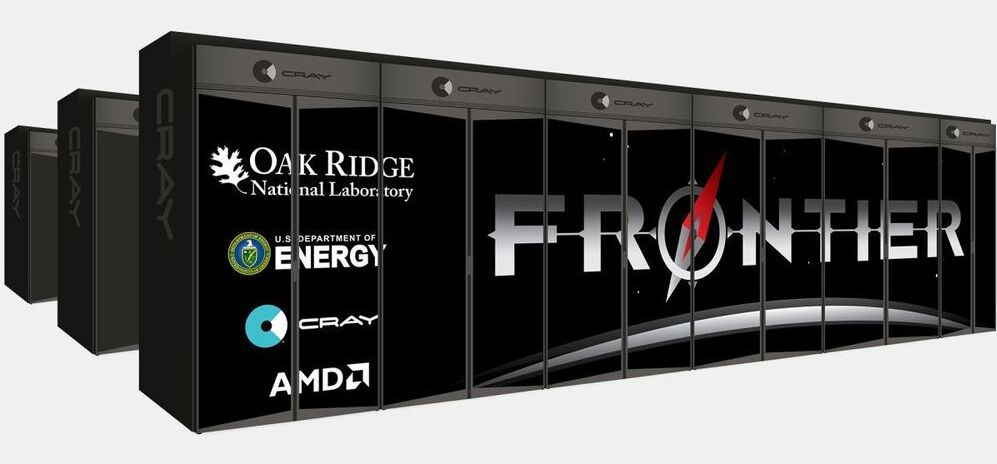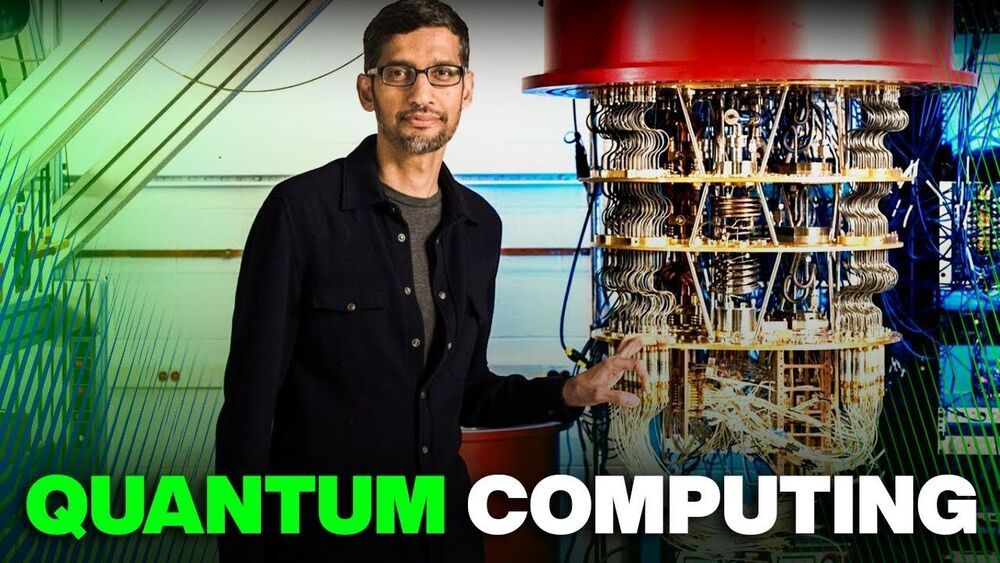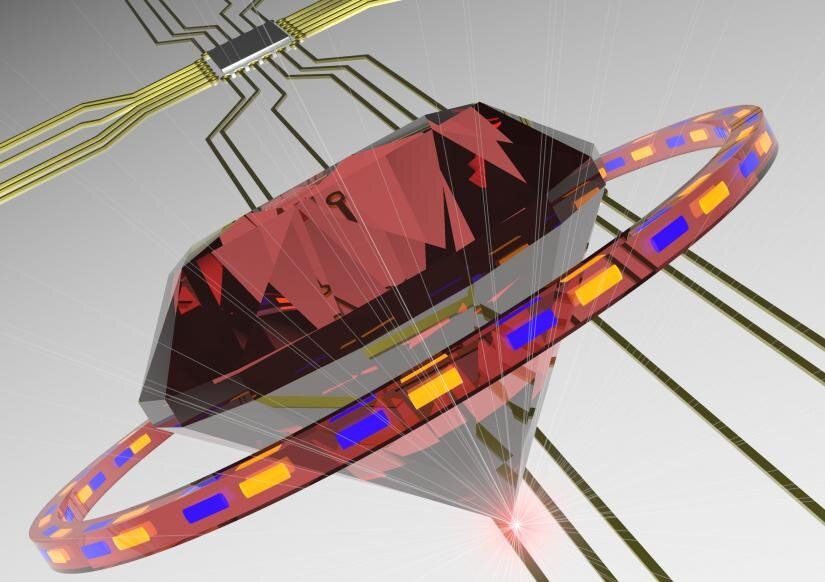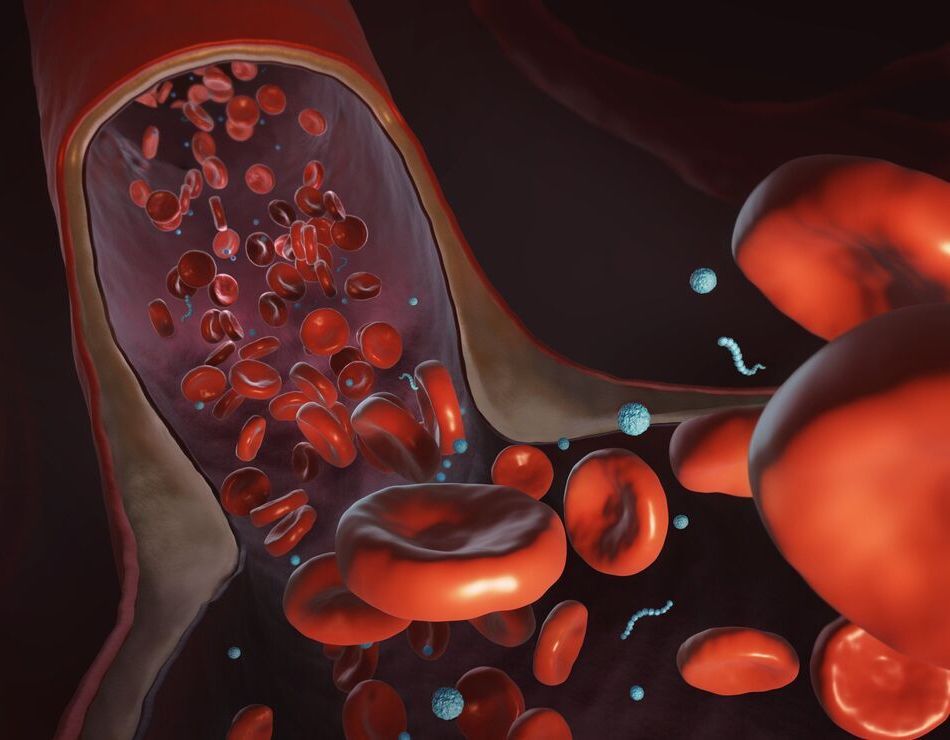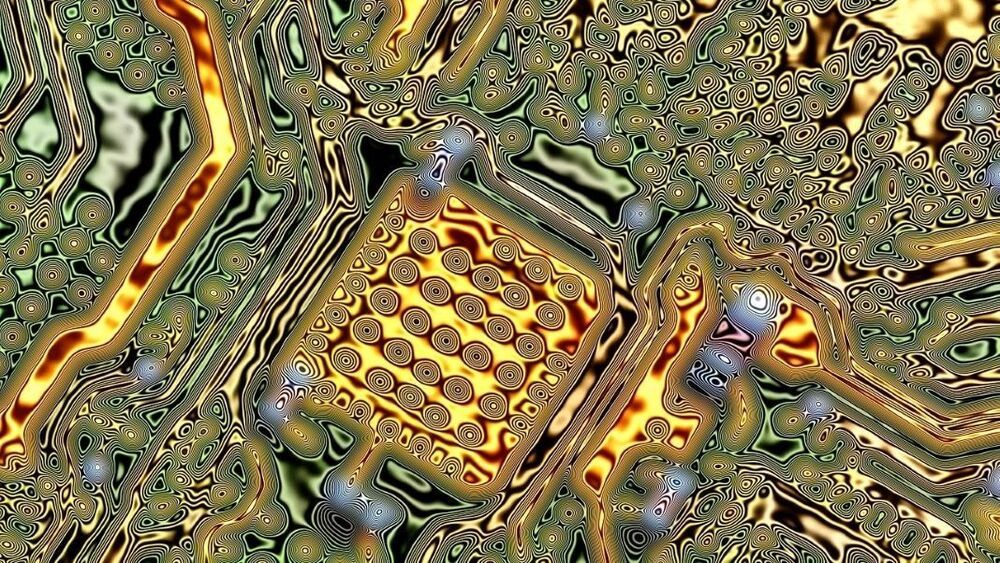May 25, 2021
Samsung Develops a Very Fast 512GB DDR5 Memory Module
Posted by Hiel Salming Gagarin in categories: biotech/medical, finance, robotics/AI, supercomputing
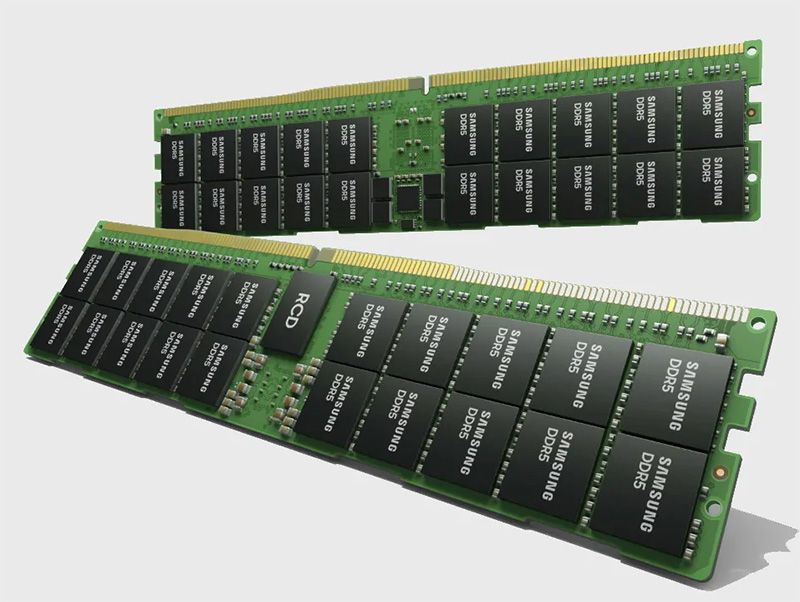
2 sticks of RAM giving you 1TB of memory will be the norm soon.
While consumers today typically use computers with 8GB or 16GB of DDR4 RAM inside, Samsung is pushing ahead with the next generation of memory modules. Its latest stick of RAM is a 512GB DDR5 module running at 7200Mbps.
The new module will be used in servers performing “the most extreme compute-hungry, high-bandwidth workloads.” That means supercomputers, artificial intelligence, and machine learning. It was made possible thanks to advanced HKMG technology, which Samsung adopted back in 2018 for its GDDR6 memory. Basically, HKMG replaces the insulator layer in DRAM structures. The high dielectric material contained in the layer reduces current leakage and therefore allows higher performance. At the same time, Samsung managed to reduce power usage in the new module by 13%.
Continue reading “Samsung Develops a Very Fast 512GB DDR5 Memory Module” »
